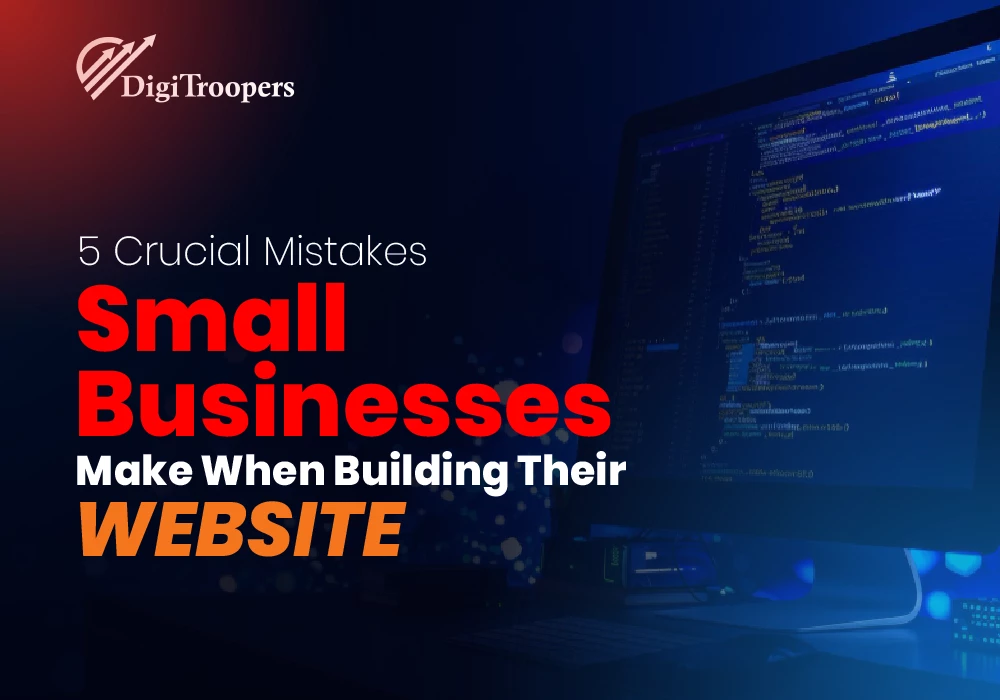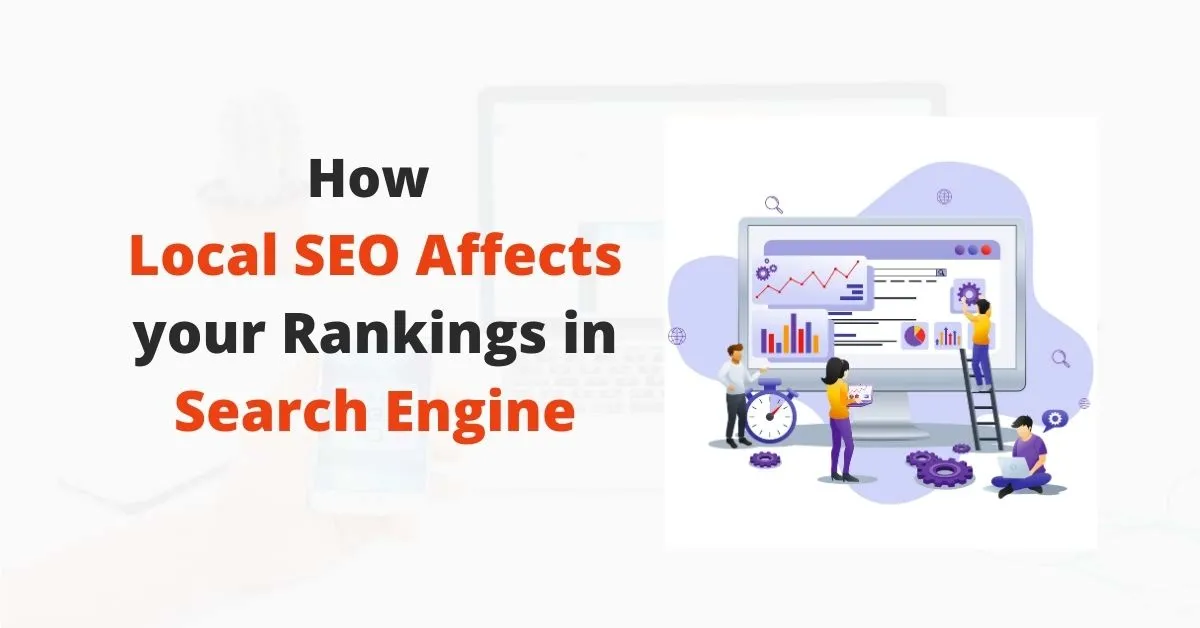Your website is usually the first impression between potential clients and your business. It’s like your shiny new shopfront; if it looks unprofessional or doesn’t function properly, visitors will simply walk away instead of making a purchase. However, many small business owners don’t even know they are making critical website mistakes that hold them back from success.
In this article, we will discuss five common mistakes that small businesses make when creating their website and how they can fix these mistakes. If you’re building or improving your site, avoiding these common website mistakes can help you attract more visitors, strengthen conversions, and grow your business online.
1. Ignoring Mobile Optimization
One of the significant website blunders is not optimizing for mobile users. Over half of the web traffic today is from mobile; your website must be mobile-friendly, or you’ll lose potential customers.
The Problem: While many small business websites look great on a desktop, they are a disaster when viewed on smaller screens. The text is hard to read, the buttons are too small, and the images don’t load correctly.
The Fix: Implement a responsive web design that automatically scales your website to fit a range of screen sizes. Test your site on different devices and check for issues with tools like Google’s Mobile-Friendly Test. Besides, turning your website mobile-friendly also enhances user experience and improves your search rankings.
2. Slow Loading Speed

People are impatient online. Every extra second it takes for your website to load, people will exit your page without being able to see anything of the services you offer. That means lower search engine ranking, which means less traffic and fewer sales, as slow websites rank lower on search engines.
The Problem: Well-compressed images, the best plugins, and intelligent hosting are prerequisites for faster speeds.
The Fix: Use services like Tiny PNG to decrease image size, remove unnecessary plugins, and opt for a reliable hosting provider. You should use a CDN as well to improve loading times. Website performance is essential for small businesses; quick sites keep users engaged and encourage conversions.
3. Poor Navigation and Structure
Have you ever been to a website that was hard to use? When your navigation is difficult, visitors won’t spend time figuring it out; they just leave.
The Problem: Users walk away frustrated by long menus, broken links, or missing pages, and that erodes credibility.
The Fix: Simplify navigation. Use clear menu labels, structure content in a logical order, and make sure all important pages (like Home, About, Services, and Contact) are easy to locate. A search bar can also allow users to quickly find what they’re looking for. Small business website design that conveys value helps visitors explore and do business.
4. No Clear Call-to-Action (CTA)
To put it simply, a website without a strong call to action is like a store without a checkout counter. If they don’t know what action to take next, they’ll simply exit and not convert.
The Problem: Small business sites don’t have clear CTAs, so visitors don’t know what the next step is, whether that interest is to contact you, book a service, or make a purchase.
The Fix: Ensure each page has a distinct and relevant CTA. Replace this vague “Learn More” with actionable text such as “Get a Free Quote” or “Start Your Free Trial.” Use CTAs that visitors will immediately see above the fold, at the end of blog posts (when they have just read about your excellent work), and in service pages. Improving common mistakes in websites (e.g., weak CTAs) can have huge impacts on conversions, etc.
5. Neglecting SEO Best Practices

If no one can find your website easily, then a great-looking website is useless. Many small business owners believe that simply having a website will enable them to reach their target audience through Search Engine Optimizations , thereby improving their rankings on Google and other search engines.
The Problem: User accounts and profiles on the website are not optimized in terms of keyword usage, meta descriptions, and overall structure, which prevents proper search placement.
The Fix: Include relevant keywords naturally throughout your content (including phrases like “small business website mistakes,” “website design errors,” and “improving small business websites”). Use clear meta descriptions, proper heading structures (H1, H2, H3), and alt text in the images. Adding valuable content to your site regularly (think blog posts and frequently asked questions) is also suitable for SEO.
Best Tips to Improve Your Small Business Website
Now that you know the most common website mistakes to avoid, here are a few extra tips to enhance your site:
Test Everything: Regularly monitor your website’s speed, mobile usability, and links.
Contact Made Simple: Put a simple contact form on every page, including your business phone number, along with your website email.
Trust Signals: Use testimonials, reviews, and security badges to create trust.
Update it: regularly refresh your content, repair broken links, and revisit outdated designs.
Track Performance: Use Google Analytics to track user behaviour and identify areas for improvement.
Summary
Your business webpage is probably one of your most important assets. Steering clear of these common pitfalls—missing mobile optimization, sluggish loading speed, poor navigation, lacklustre CTAs, and neglecting SEO—means you can build a site that not only garners hardware but also generates trust and conversion.
Creating an impactful online presence does not have to be overwhelming. It can be there 24/7 working for you with just a little elbow grease and the correct business website tips. So, review your website, take a step back, and begin to fix website mistakes now!





